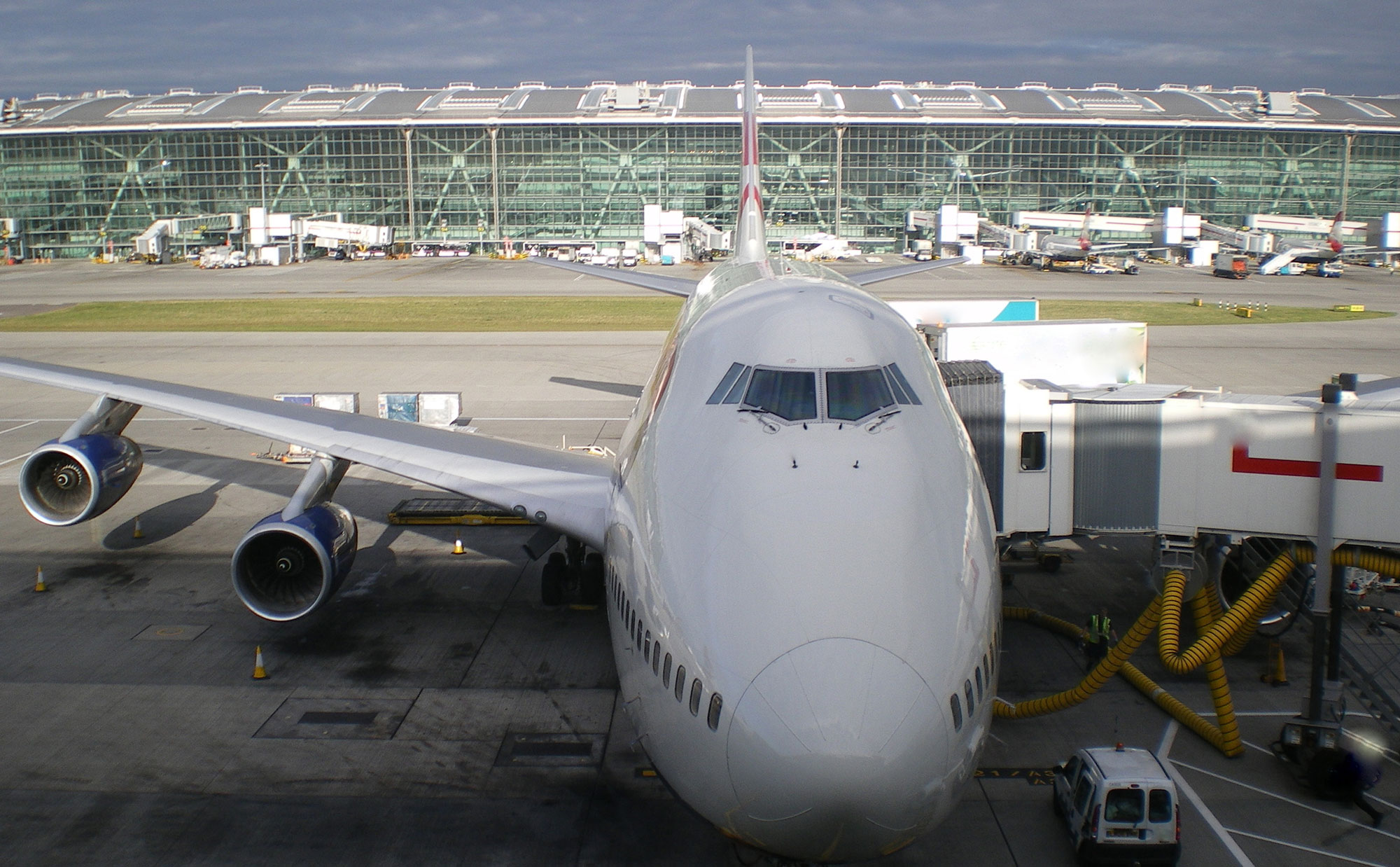Creating an Incident and Injury-Free™ (IIF™) safety culture on the Heathrow T5 construction project
How BAA made safety a fundamental value and set the benchmark for the UK construction industry



How BAA made safety a fundamental value and set the benchmark for the UK construction industry
Construction on London Heathrow’s £4.2Bn Terminal 5 (T5) passenger terminal began in 2002. The company responsible for the project, British Airports Authority (BAA) had never undertaken a project of this scale before and recognized the potential health and safety risks associated with such a large and complex undertaking. Based on industry norms it was predictable that during its lifecycle the project would suffer two fatalities and over 600 serious injuries. For BAA that was unacceptable. They had implemented a comprehensive safety management system but knew this alone would not produce the required safety results. To capture the hearts and minds of the large and highly diverse workforce they needed to create a strong safety culture. JMJ was engaged to support the project management team in developing a different approach to safety by implementing IIF across the entire site.
Leaders knew that successful culture transformation couldn’t be created from the top down, it would be achieved by making everyone take responsibility for their own safety, and that of their co-workers. To create an aligned safety culture across all levels of the project:
T5 was delivered on time and within its planned budget. From the very early stages of IIF, the project saw impressive results. Workers were able to talk openly with their supervisors about safety issues and felt empowered to stop unsafe work in their own area. The success of the approach led to its adoption by key suppliers and on other projects. In addition, project management received positive feedback from the HSE, unions and insurers.
Change starts here. Let’s talk about how JMJ can help solve your safety and performance challenges.